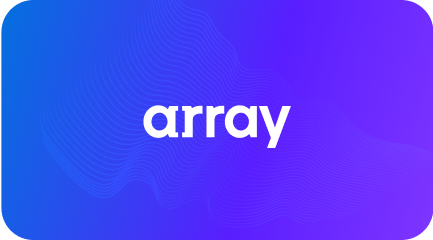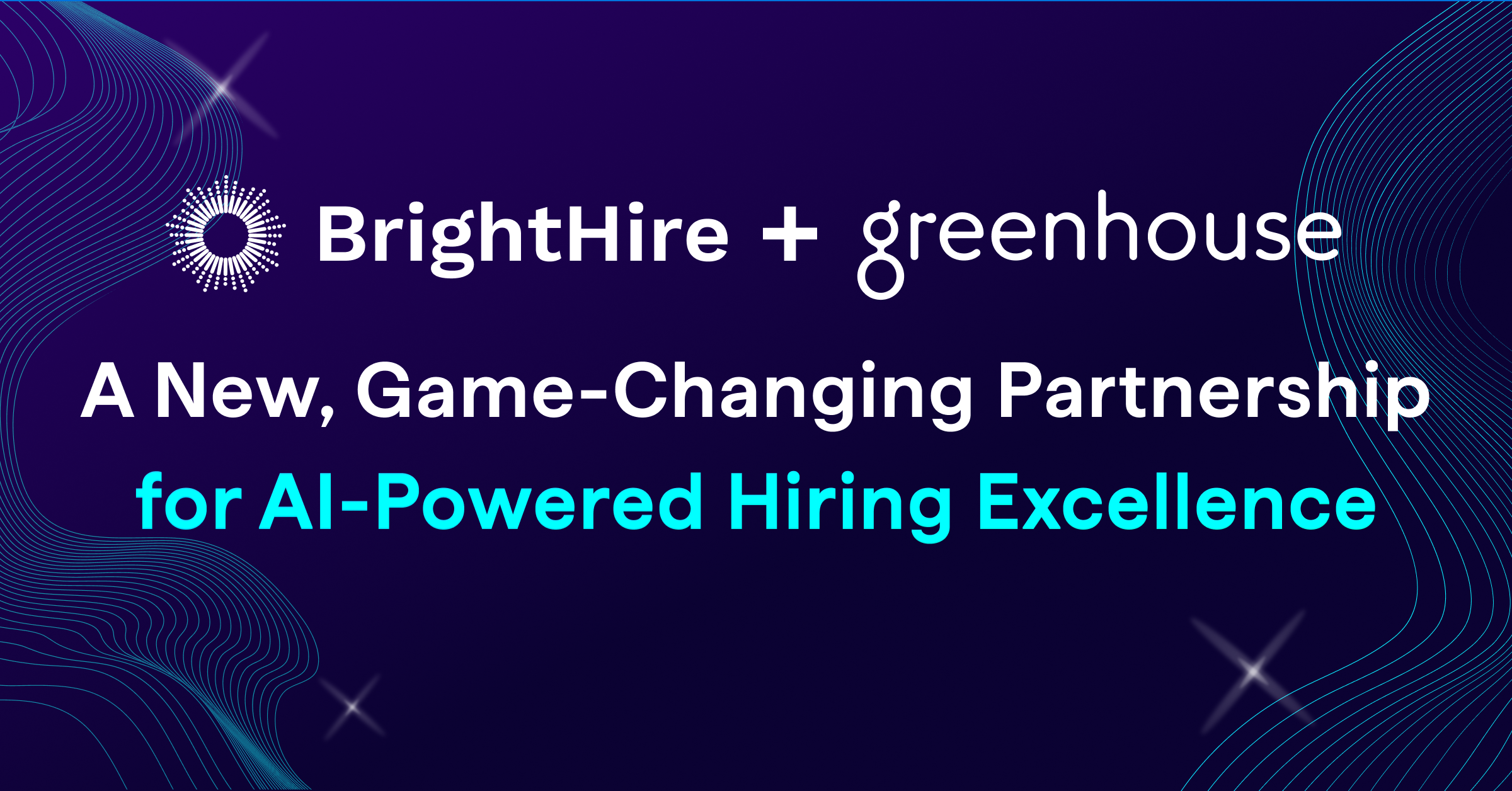We get it: sometimes, conducting hiring interviews can feel like another task on your full plate. Just when you’ve finished another meeting, a calendar invite with a resume attached is blinking on your screen. Before you know it, a candidate is waiting in the Zoom lobby. What now?
While it might seem sufficient to “wing it” and just ask what feels right, this approach to interviewing can weaken your hiring process by making it:
- Spotty: you might repeat questions from other colleagues, or miss certain topics entirely
- Biased: one candidate might face different questions than the next
- Disorganized: conflicting questions and interview styles make comparison difficult
To stay clear of these pitfalls, interviewers should avoid improvisation. Instead, follow a set of well developed questions that get to the heart of your team’s specific needs, even within a short conversation. Your team can do this by building an interview guide: a set of questions with specific wording and ordering that interviewers can follow during the conversation.
[TIP: Your team can develop a better interview guide by first creating a success profile for the role. Get the downloadable template here.]This technique might seem obvious, but building an effective interview guide involves more than just writing down questions. Need help getting started? You’ll find step-by-step instructions, examples, and an editable template in Step 2 of our Interview Bias Tool Kit. These are the highlights:
- Consider including standard, templated introductions for each interviewer to keep information consistent and avoid topics that might invite bias.
- Ask early questions to assess the candidate’s personal goals and their alignment with the role mission.
- Ask questions that specifically probe characteristics and skills that are priorities for your overall organization and for the role in question.
- Assess the candidate’s personal goals for the role relative to your team’s expectations and desired outcomes for the role.
- Be sure to include time for candidate questions.
- To the extent possible, provide any information about next steps in the process and/or contact information for your organization’s People/HR department.
Ready to get started building better interviews? Download our guide and editable template here.









